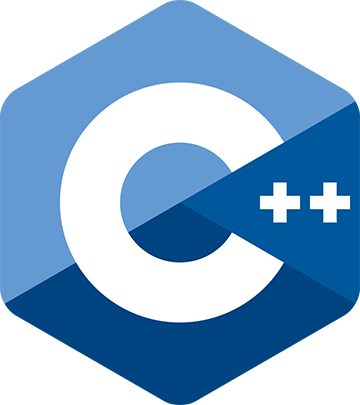A Grand Introduction: Stepanov introduces Stroustrup at CppCon -- Tony DaSilva
 Bulldozer00's appreciation for Alex Stepanov's introduction for Bjarne Stroustrup at CppCon. We already linked to the video last week -- but if you didn't watch it then, do yourself a favor and spend 6 minutes now getting your workweek off to a great start.
Bulldozer00's appreciation for Alex Stepanov's introduction for Bjarne Stroustrup at CppCon. We already linked to the video last week -- but if you didn't watch it then, do yourself a favor and spend 6 minutes now getting your workweek off to a great start.
A Grand Introduction
by Tony DaSilva
From the article:
"We should not be ashamed of bits. We should be proud of them." -- Alex Stepanov
You may not interpret it in the same way as I did, but I found this cppcon conference introduction of Bjarne Stroustrup by programming scholar Alex Stepanov very moving...

 Freshly pressed from Andrzej:
Freshly pressed from Andrzej: One reasoned take on the various error reporting mechanisms in C++ and a policy for deciding when each is appropriate:
One reasoned take on the various error reporting mechanisms in C++ and a policy for deciding when each is appropriate: Look at this image again: That's C++ in Lisp. And that's just for starters...
Look at this image again: That's C++ in Lisp. And that's just for starters...